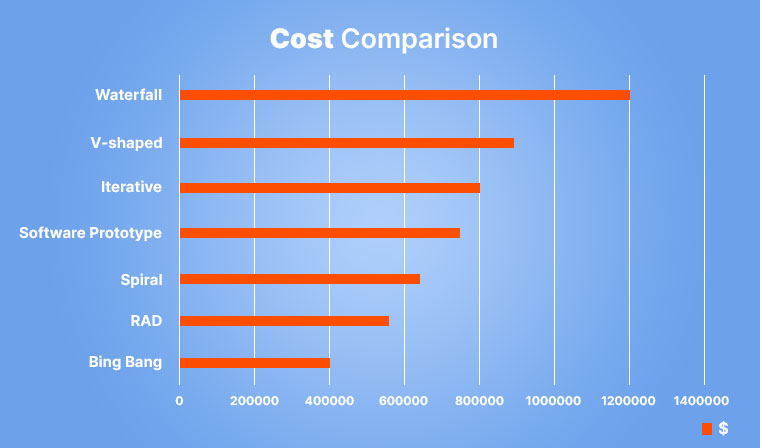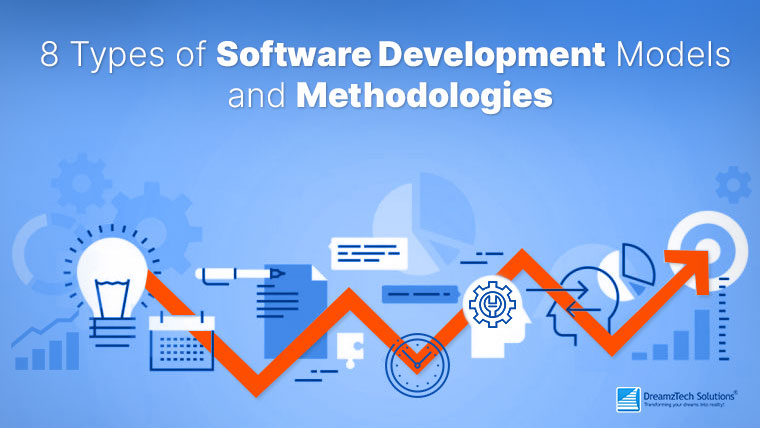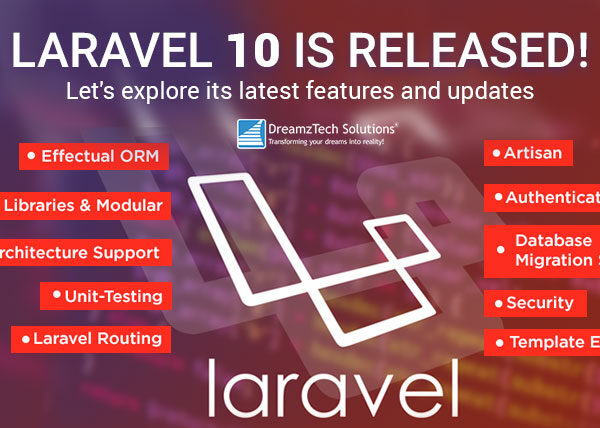Perhaps you have come across the term SDLC or Software Development Life Cycle when you are into software developing. There are quite a few types of SDLC methodologies applied in software building nowadays. SDLC which also goes by the name Software Development Process is a widely known term of a process in the software industry. The process elaborates the planning part of designing software which is based on various Software Development Models. Before a software developing team begins stepping into a software project it would require a blueprint of the software. SDLC is that cycle of software from its start to its end.
It is a process that is followed by a software development project by a software organization.
The following graphical representation explains the various stages of a usual SDLC.

To cater to the required projects, different development models or SDLC models as commonly called are applied because only one model type cannot meet every requirement. These software engineering models help the developers’ team to understand the client specifications and build accordingly.
Let us walk you through some of the software engineering models you should probably know. We will also talk about how some of the widely used software models benefit the process.
8 Software Development Models you should be aware of:
What are the advantages of a dedicated software development team?
1. Waterfall Model
As the name suggests, this type of SDLC model follows a sequential approach. Organizations that follow this model in software building have the work divided into phases. Just like a waterfall, the work of the team descends from top to bottom such that the task of one phase is dependent on its immediate previous phase. This model is one of the notable of all the models. Waterfall model benefits the processes because it is an easy-to-apply model where requirements are easily comprehensible.
Uses: The model’s uses range from small projects to medium projects whose requirements are spelt out such as government and healthcare projects.
2. V-shaped Model
This software model is known to be an extension of the Waterfall model although does not follow the linear method. A time consumer, the V-shaped model requires testing in every phase of software development. Unless the previous phase is tested the next phase does not begin its task.
Uses: This model is applied where the project requires flawlessness in the functioning such as aviation management software.
3. Iterative Model
Iterative Model follows the iteration in the software development process. The convenience of this model is that the work is completed in small batches as per the requirement. Iterative process means designing the software in sets until iteratively evolving the complete system.
Uses: Iterative model is used for large development projects such as web service applications.
4. Spiral Model
Complicated Projects follow the Spiral model in their process. This development model includes four-phase that is called a Spiral. The spiral model involves identification, design, build, evaluation and analysis of risk. Due to the involvement of customers in the process, this process can alter any requirement.
Uses: The model is applicable for large projects that do not have well-defined requirements.
5. Software Prototype Model
This type of SDLC model builds specimens of the software that exhibit the technical functions also known as software prototypes. There are many types of software prototyping. The work-in-progress software is developed and shared with the customers for their feedback. This model is increasingly becoming popular as it can be built after understanding the needs.
Uses: This model can be used for any software development that has user interaction.
6. RUP Model
Rational Unified Process model fragments the development process in the inception phase, elaboration phase, construction and transition phase.
Uses: Projects that are large-sized and carry high amount of risk prefer this model.
7. Big Bang Model
It is one of the software engineering models which do not adhere to a particular process per se.
Uses: This methodology is best suited for small projects. It does not require high-level planning and it is an easy model.
8. RAD Model
Rapid Application Development methodology does not require planning and best applied in projects that require customization from the customer. This model builds prototypes of functional modules which are incorporated into the software after completion. The advantage of this model is that it is less time-taking, and also engages the customer. Their feedback is sought and the product is developed.
Uses: TRAD Model can be used where there is availability of clear modularization. RAD might fail, if the project cannot be divided into modules.
Want to Discuss your Project
Contact UsTo put in a nutshell
Although there are many types of software development models which are applied across various development projects, the ideal model is applied depending on the project size and requirements.
Here is a statistical chart on cost comparison of the above-mentioned software models. The statistics for models with minor applications that encapsulate a thousand functions.

The Waterfall model is comparatively an expensive software development model. The other models are less in terms of cost. However, Waterfall is the most widely applied model in spite of the fact that it requires high cost.



